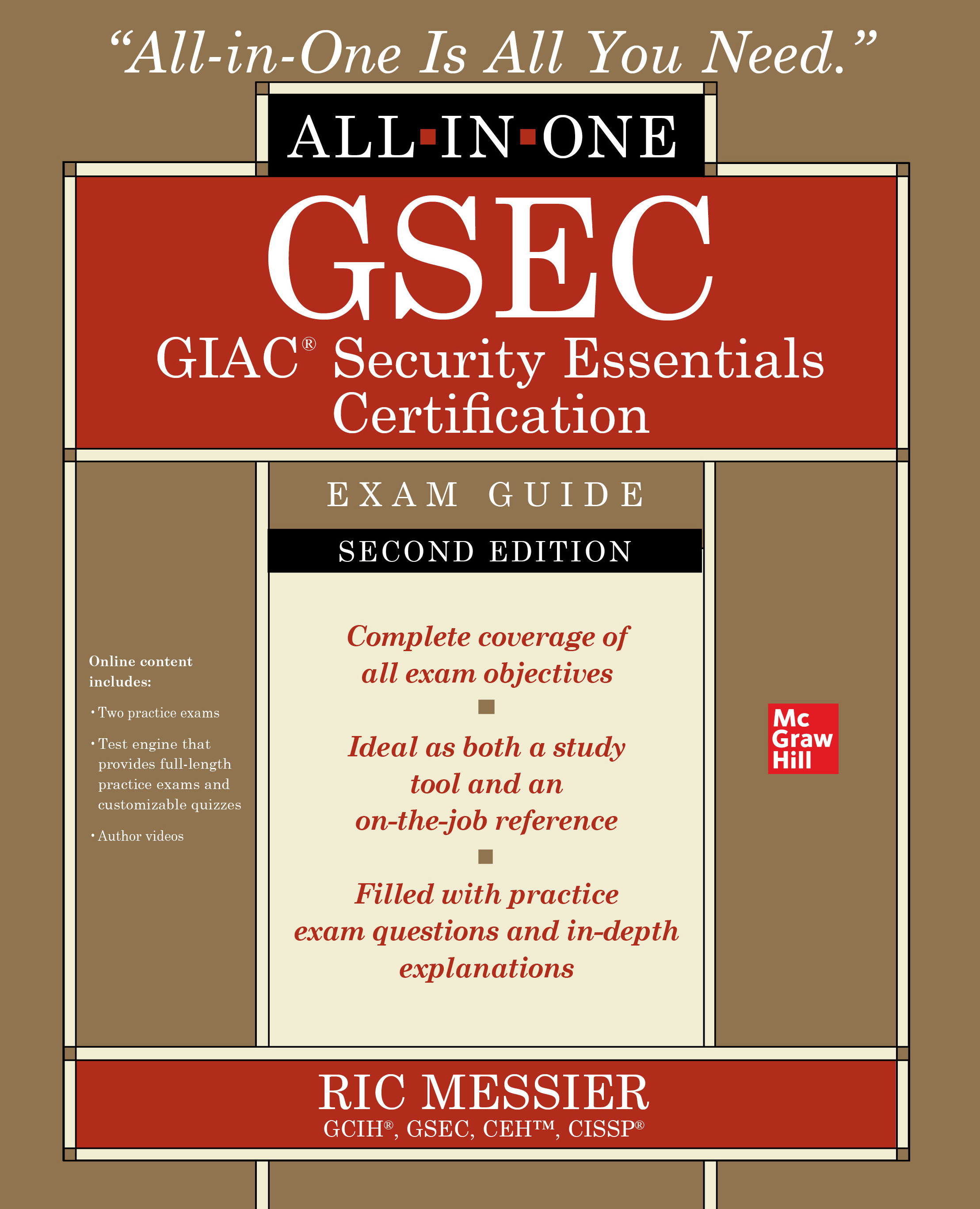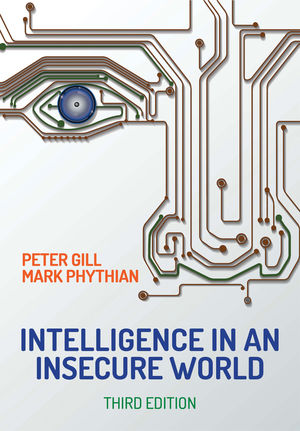
While standards groups such as ONVIF and PSIA, and associations such as the Security Industry Association (SIA) that address standards development, are diligently working to provide interoperability for IP-based physical security devices, there’s a real opportunity to provide leadership about those devices’ physical and logical infrastructure standards. These three organizations, fueled by security hardware and software manufacturers, are pursuing similar fundamental goals focused on bringing together previous proprietary operating systems to now communicate with each other. While harmonizing disparate systems on the same network is critical, especially as more and more devices will be added, there is also an increasing need for a consistent cabling infrastructure to support this growth.
As a result, a new standards activity has emerged from the BICSI Standards Program that is focused solely on this physical infrastructure and structured cabling, commonly called the Information Technology Systems (ITS) industry. Physical infrastructure is the building or campus telecommunications cabling infrastructure consisting of a number of standardized smaller elements (hence “structured”) called subsystems. These subsystems include the cabling/media types (backbone and horizontal), and connectivity termination in telecommunications rooms (TRs) and at the device end (workstation area) to enable the network to efficiently and reliably transport video, voice, data and power.
To be designated ANSI/BICSI 005 upon completion, this standard will define cabling design and installation requirements as well as provide recommendations specific to Electronic Safety and Security (ESS) systems. While based upon the work of the BICSI Electronic Safety and Security Design Reference Manual (ESSDRM), this standard will provide information for access control, intrusion detection and surveillance systems, as well as provide guidance on other topics, such as meeting the IP needs of fire detection and alarm systems.
Electronic Safety and Security is a space shared by other codes and standards; therefore, BICSI’s standard is being placed as complementing, not conflicting, with works from SIA, ASIS International, NFPA, IEEE and others. In addition, this group researched current standards and development activities of other organizations to make sure that there was no duplication of effort.
Participants from diverse interest categories were sought as committee members with the objective of achieving balance for this standard. While the initial activity started from BICSI’s international membership, which includes cable installers, network system designers, IT professionals and manufacturers of structured cabling and network support products, it has grown to encompass security integrators and security products manufacturers. With a count of more than 50 volunteers, the committee includes professionals from a variety of companies focused on network systems and IP convergence, including, but not limited to, manufacturers of cabling and security products, network designers, cable and security installers, integrators and end users (such as security directors and chief information officers).
Filling the Gap
When installing new networks (or upgrading old networks), cable installers refer to BICSI’s “Telecommunications Distribution Methods Manual” (TDMM) and ANSI/TIA-568 industry standards for best installation practices. If one follows these infrastructure guidelines, a workstation outlet is defined to be used for either data or voice and is to perform to certain electrical requirements and applications. However, when adding devices such as security cameras or access control devices to a structured cabling outlet, there are new and different considerations present which are not covered. This is one of many situations that occur for which a consistent cabling method is needed.
Most traditional ESS devices were cabled with coax cable and hardwired with BNC connectors. With the emergence of IP and network-attached devices, benefits are being realized such as remote access and monitoring, as well as Power over Ethernet (PoE) through the cable. The cabling infrastructure can resemble a data and voice infrastructure and terminations are moved from a head-end to a rack in a telecommunications room, sharing switches and servers with data and voice. Gone are the days of tapes and VCRs. Enter the world of unshielded twisted pair and fiber optic as the designated choice of media.
When installed to standards, scalability of the network allows other devices to be attached. These include security cameras as well as access control, intrusion detection, HVAC, paging and digital signage, and fire alarms. With a standardized Information Technology System in place, these devices become nodes on the network. This standard will look at each application and provide consistent cabling guidelines — from backbone to horizontal. The standard will include system requirements, installation recommendations, choice of cabling and connectivity selections and PoE and PoE+ options.
Timeline
Currently this standards activity consists of a working group for each chapter. Each is currently drafting their respective sections. An initial industry review is scheduled for January 2011, where the completed draft will be circulated for review and comment. When the subcommittee reaches consensus that a draft is ready to be published, a technical ballot will be issued in conjunction with a call for public comment. Expecting little issue due to the strength of knowledge of the committee, approval and publication should occur within nine months of completion of the draft.
As fast as the convergence movement is progressing, the need for standards for the infrastructure becomes vital. The infrastructure is truly the physical groundwork needed to move forward. As more and more devices find their way to the network, the easier it will be for these devices to co-exist on a well-planned, well-documented system.
BICSI Electronic Safety and Security (ESS) Specialist
In 2009, BICSI, which is renowned for its credentialing program, established the Electronic Safety and Security (ESS) Specialist credential. As part of the program, three courses — beginning, middle and exam review — are offered, as well as an examination. Candidates for the credential are tested on the contents of BICSI’s “Electronic Safety and Security Design Reference Manual,” now in its second edition.
There are currently 23 people who hold the ESS designation, although more than that have tested.
According to BICSI, to apply for the ESS Specialist credential examination, candidates must have:
• A minimum of two years of approved and verifiable design experience in electronic safety and security. Generic ITS/distribution system design or experience in another area of specialization is not acceptable.
• Successfully completed the ITS Fundamentals examination or hold a current RCDD (Registered Communications Distribution Designer).
Credential-seekers do not need to be a BICSI member to take any of the courses or obtain the credential. Cost of the exam is $325 for members and $525 for non-members.
For more information visit www.bicsi.org and click on the tab “Credentials & Exams.”
What Is BICSI?
BICSI is a professional association supporting the information technology systems (ITS) industry. ITS covers the spectrum of voice, data, electronic safety and security, and audio and video technologies. It encompasses the design, integration and installation of pathways, spaces, fiber- and copper-based distribution systems, wireless-based systems and infrastructure that supports the transportation of information and associated signaling between and among communications and information gathering devices.
BICSI provides information, education and knowledge assessment for individuals and companies in the ITS industry. It serves more than 23,000 ITS professionals, including designers, installers and technicians. These individuals provide the fundamental infrastructure for telecommunications, audio/video, life safety and automation systems.
BICSI provides standards, training, publications, credentialing, conferences and exhibitions, and networking opportunities. It fosters member communities around the world to help raise the level of quality expected by end users around the globe. Headquartered in Tampa, Fla., BICSI membership spans nearly 90 countries. — As published on BICSI’s Web site.
For information visit www.bicsi.org or call (800) 242-7405.




